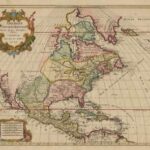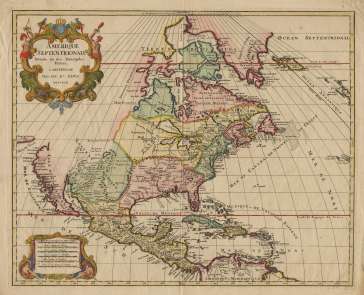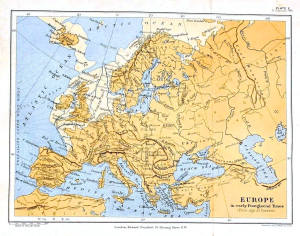On 13 October 1775, the Continental Congress ordered the creation of the the Continental Navy, which would later become the United States Navy. In other words, the Navy is older than the Republic itself.
The first ship commissioned was the Alfred, formerly named the Black Prince, thus establishing a long tradition in the U.S. Navy of renaming things to sound sillier than they sounded before.
Ironically, during my ten years of naval service I never set foot on a ship. But, if you get a chance to tour a US Navy vessel (I have toured the still-active Yellowstone and the legendary Constellation) don’t pass it up. The tight and efficiently packed interior of a ship, particularly a sailing vessel, is an experience unlike anything you might find on land … although perhaps not recommended for the claustrophobic.
And, if you see a sailor today, wish him a Happy Navy Birthday.

 Excavations in Telfair County, Georgia, have uncovered not only remains of a Native American village, but could reveal evidence of Hernando de Soto’s exploration of the area in the mid-1500s, two hundred years before the founding of the British colony of Georgia. Read the Associated Press article about it here in the Atlanta Journal-Constitution.
Excavations in Telfair County, Georgia, have uncovered not only remains of a Native American village, but could reveal evidence of Hernando de Soto’s exploration of the area in the mid-1500s, two hundred years before the founding of the British colony of Georgia. Read the Associated Press article about it here in the Atlanta Journal-Constitution.
